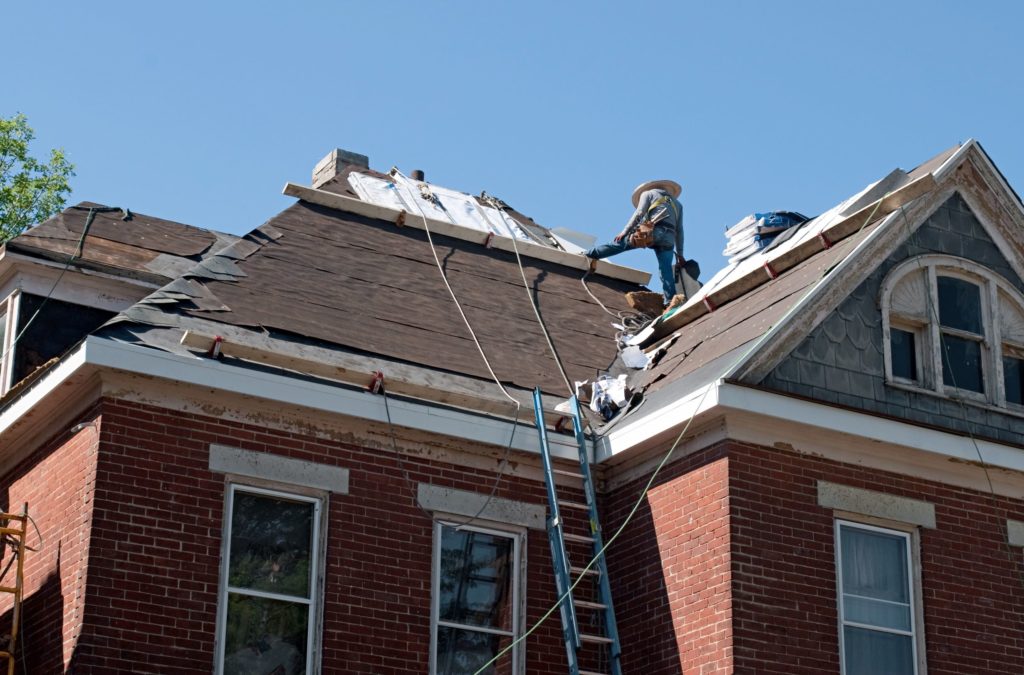3.5 Best Practice: Caring for the Site
What We’re Hearing
Historic sites require a specialized system of care that draws on shared resources and individual strengths. The complexities of such create issues in building and site maintenance, as partners find it difficult to translate roles and responsibilities from the agreement into the realities of day-to-day operations.
Maintenance priorities are a point of contention among owners and operators, as owners take an asset management approach that contrasts with the preservation focused lens of many operators.
Publicly owned sites are often a low priority on the list of overextended departments, which lack heritage appropriate maintenance skills. Non-profit operators are faced with unrealistic maintenance and capital responsibilities that they do not have the resources to support, putting funds into assets that do not belong to them.
Best Practices
It is important for all partners to understand roles as tenant(s) and landlord and how that relationship plays into the way that the site is cared for. Formalize these roles in writing in the agreement. Heritage sites are distinct from other types of public and cultural facilities and require special consideration in their maintenance and upkeep. Generally, minor maintenance is best addressed by the operator who has a regular presence at the site, while major maintenance and capital upkeep are the responsibilities of the owner.
Best Practices for Owners
Best Practices for Operators
Try This – Owners, Operators, and Third Parties
Funding for capital upgrades is a major source of conflict at shared stewardship sites. Despite the best intentions, owners, operators and third parties find themselves without the financial resources to care for depreciating heritage buildings with costly needs. When the demand for funds is straining your partnership, it may be worth exploring alternative funding strategies. For example, establish a capital fund that each party contributes to annually, or apply together on infrastructure grant opportunities available to governments. A coordinated effort can reap rewards.
